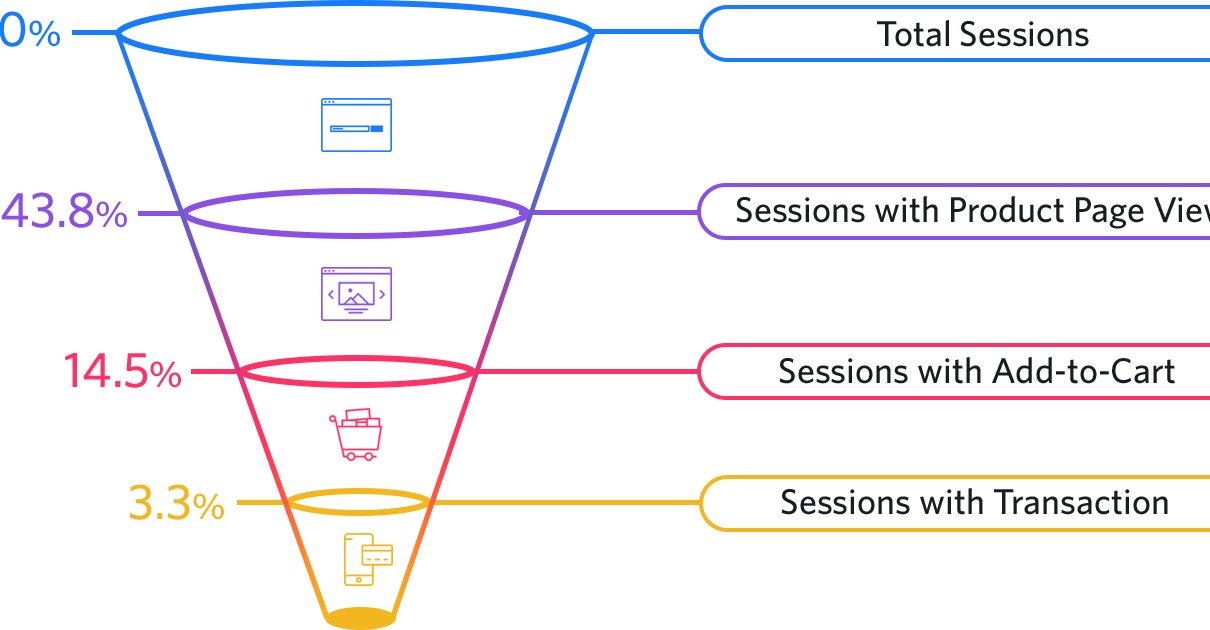In the bustling digital marketplace, the e-commerce conversion rate stands as a critical measure of success. This key performance indicator reflects the heartbeat of online retail, signaling the health of sales strategies and customer engagement.
Understanding and optimizing conversion rates is not just beneficial; it’s a necessity for businesses aiming to thrive in the competitive world of e-commerce.
What is the E-commerce Conversion Rate?
A Measure of Effectiveness: The e-commerce conversion rate is the percentage of website visitors who take a desired action, which typically means making a purchase. It is a direct reflection of how effectively an e-commerce site turns traffic into sales.
Benchmarking Success: Conversion rates vary widely by industry, product type, and market, but they universally serve as benchmarks for an online store’s success. A high conversion rate indicates that a site is well-designed, with compelling products and a smooth checkout process.
The Significance of Conversion Rates in E-commerce
Customer Insights: Conversion rates offer deep insights into customer behavior. They help identify what works and what doesn’t, allowing businesses to fine-tune their marketing, product selection, and user experience.
Revenue Projections: Understanding conversion rates aids in forecasting sales and revenue, making it easier to plan for growth and scale operations accordingly.
Strategies to Enhance Conversion Rates
Optimized User Experience: A user-friendly website with intuitive navigation and a seamless checkout process is fundamental. Simplifying the path to purchase can significantly lift conversion rates.
Targeted Marketing: Personalized marketing efforts that reach the right audience at the right time can increase the likelihood of conversions. Utilizing data analytics to understand customer preferences is key.
Trust-Building: Incorporating elements that build trust, such as customer reviews, secure payment badges, and transparent return policies, can encourage customers to complete a purchase.
Mobile Optimization: With a growing number of consumers shopping on mobile devices, ensuring that your e-commerce site is mobile-friendly is essential to capturing this audience.
Monitoring and Testing for Success
Analytics and Tracking: Regular monitoring of conversion rates through analytics platforms helps in recognizing patterns and pinpointing areas for improvement.
A/B Testing: Implementing A/B testing for different website elements can reveal the most effective versions that drive conversions.
Conclusion
The e-commerce conversion rate is more than just a number—it’s a narrative of how well an online business resonates with its customers.
By focusing on customer-centric strategies and continuous improvement, e-commerce sites can transform passive browsers into loyal buyers, propelling their conversion rates and business growth forward.






